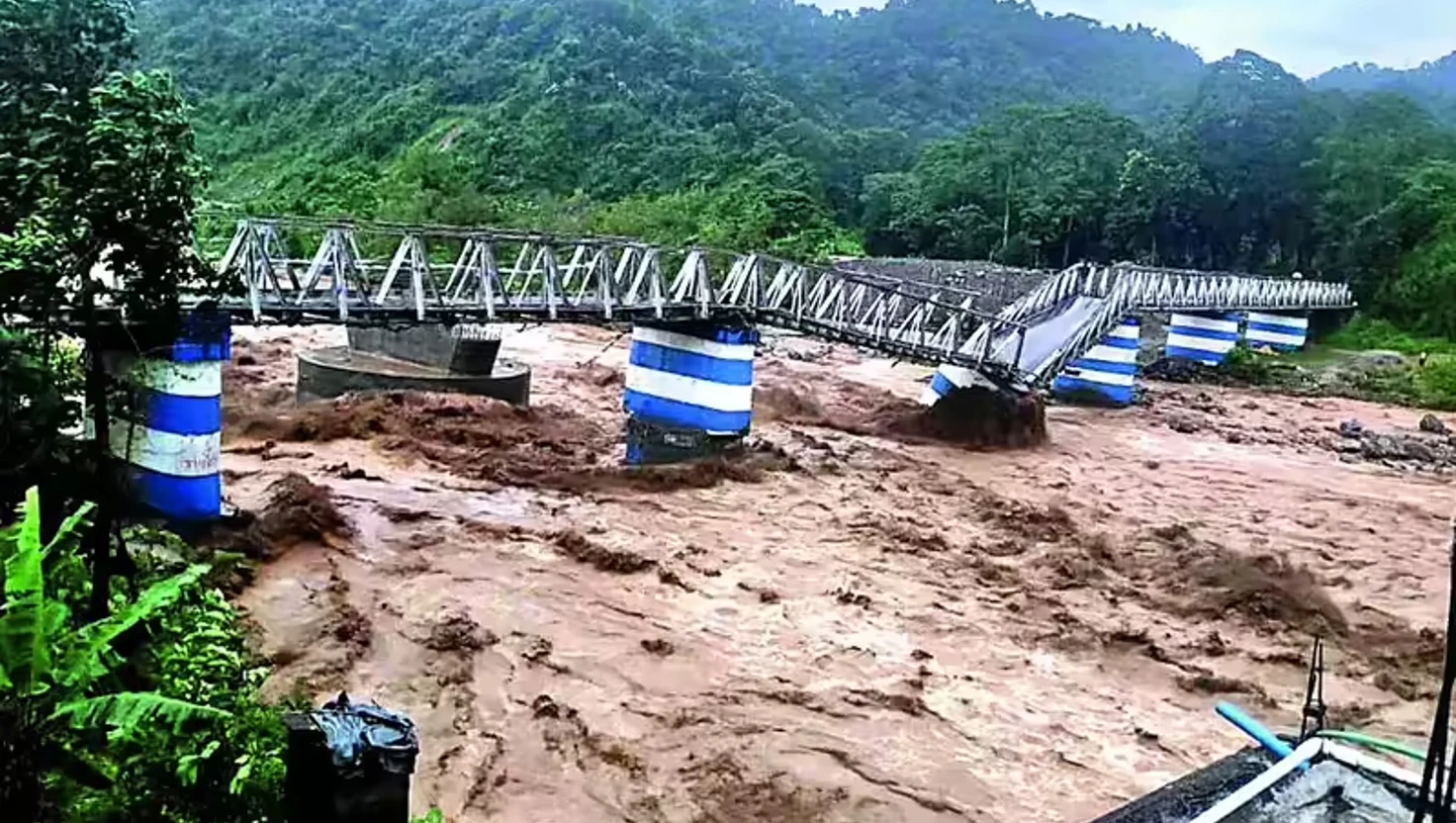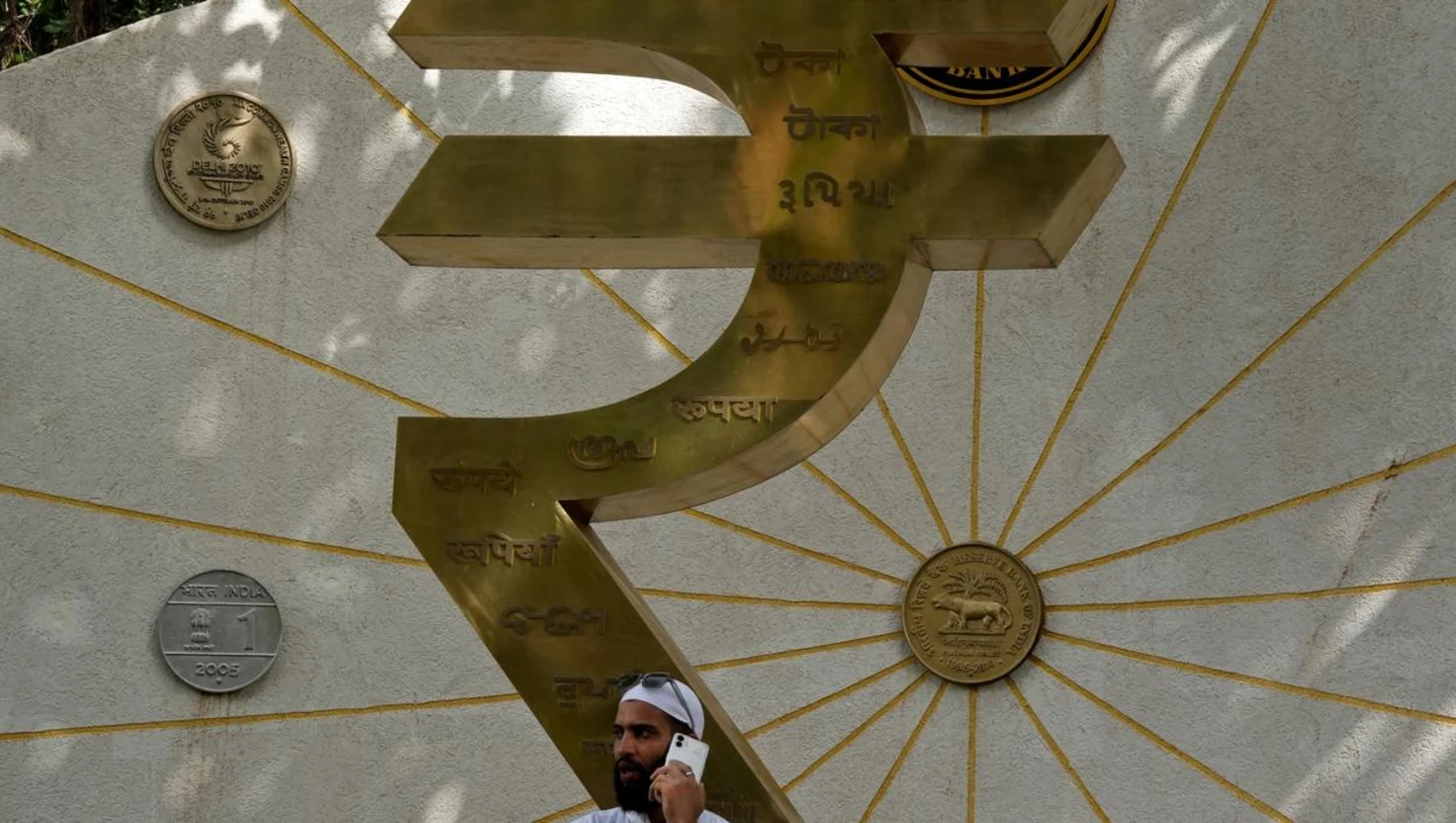28 killed in Darjeeling landslide, 52 die in Nepal floods

Severe flooding and landslides in the Darjeeling district of West Bengal have led to at least 28 deaths and dozens of individuals reported missing. The relentless rainfall that began on Saturday night persisted into Sunday morning, causing significant damage across the region and isolating numerous communities.
Impact on Local Areas
The intense downpour was classified as 'extremely heavy,' with Darjeeling receiving 261 millimetres of rain in just 24 hours. Other affected areas included Cooch Behar, which recorded 192 millimetres, and Jalpaiguri with 172 millimetres. Particularly hard-hit was the tourist town of Mirik, known for its picturesque Sumendu Lake and stunning views of Mount Kanchenjunga. Here, 13 bodies were recovered, while ten others were reported missing, including a tourist from Kolkata.
Officials expressed concerns that the death toll could rise further as rescue teams venture into hard-to-reach areas cut off by the flooding. As local governments scramble to address the crisis, the ongoing search efforts remain hampered by unstable terrain and poor visibility.
Transportation Disruptions
The sudden deluge also led to the collapse of crucial infrastructure. An iron bridge over the Balasan River, the only direct route between Siliguri and Mirik, has been destroyed. Additionally, major roads such as Rohini Road and National Highway 10—an essential connector to Sikkim—have been closed due to landslides. The Darjeeling Himalayan Railway suspended operations indefinitely as a precaution.
“Water currents were so strong we had to form a human chain,” recounted Priya Banerjee, a visitor stranded in the area. Many tourists have reported power outages and blocked access to essential services, leading to increasingly desperate conditions.
Government Response
In response to the situation, West Bengal Chief Minister Mamata Banerjee convened an emergency meeting with top officials and distraught local leaders. She announced plans to visit the affected areas and urged the public to take caution. On social media platform X, she expressed her condolences, stating, “Several areas in both north and south Bengal have been flooded due to sudden huge rain and excessive river waters from Bhutan and Sikkim.”
The government has also assured swift assistance for those impacted and closed all tourist attractions in the vicinity to ensure public safety. Emergency helpline numbers were released from the Nabanna control room to aid both locals and tourists needing assistance.
Ongoing Rescue Efforts
By Sunday afternoon, units from the Indian Army and the National Disaster Response Force (NDRF) joined the rescue efforts alongside local agencies. Reports indicate that the Mahananda, Jaldhaka, and Teesta rivers were running above danger levels, further complicating the rescue efforts. Wildlife, including elephants and deer, were seen fleeing submerged forests in search of safety.
In addition, other states in the region, including Nepal and Bhutan, are grappling with similar weather-induced challenges. Reports indicate over 60 fatalities in Nepal following heavy rainfall, while Bhutan has initiated coordinated rescue efforts to address flooding near the Amochu River.
Despite the current disaster, West Bengal’s authorities are hopeful for stabilisation in the situation. However, the immediate aftermath remains troubling, with access to remote areas still barred. Rainfall predictions continue to forecast severe weather until early next week, prompting escalating concern about further flooding and landslides.
For now, residents and tourists remain marooned as emergency services work tirelessly to reach those in need, with many calling for updated information and support as recovery efforts unfold.

India's GST Collections Rise 9% to ₹1.89 Lakh Crore in September

PM unveils Rs 100 coin featuring Bharat Mata on currency for 1st time

Indian Rupee Hits Record Low Amid Market Concerns and Tariff Issues

Trump warns of 'sad end' if Hamas does not accept his Peace Plan in 3-4 days





